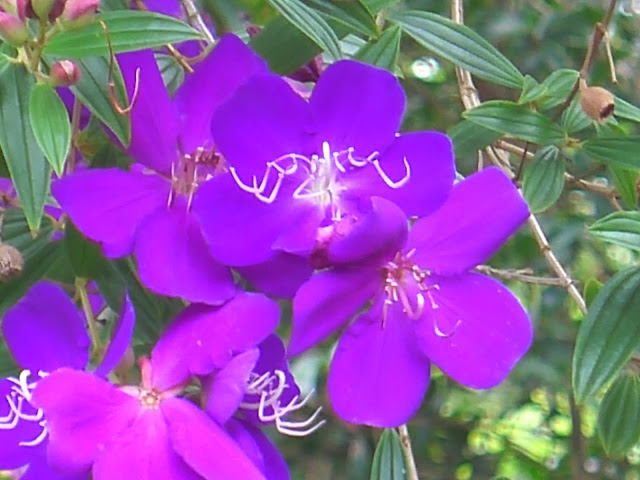... I can hear the new-born lambs bleating and my very being cries out "Spring". Following that load of nonsense I had better extend my apologies to Sepians everywhere and get down to business -
Love, whose month is ever May,
Spied a blossom passing fair
Playing in the wanton air.
W. Shakespeare; Love's Labour's Lost Act 4 Scene 3
Spied a blossom passing fair
Playing in the wanton air.
W. Shakespeare; Love's Labour's Lost Act 4 Scene 3
Yes, we are ready for the cooler season and I am looking forward to it.
Back to some long gone spring days.
I have a Photo from around 1976 ; An ewe had twins and she accepted only one. One of the babies had to be bottle fed, (Where is this darn photo?)
My youngest daughter had always a love and special touch for birds or animals.
There was always one who needed special care and she was the one to provide the love and care.
It was a time when colour photos were new and nobody wanted to take photos in sepia or black and white.
Photos /Text Ts

























